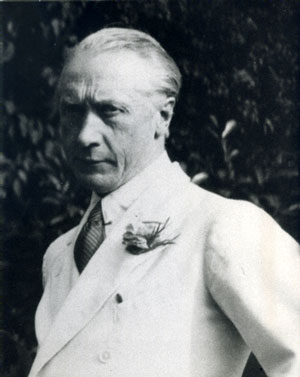 by Witold Fitz-Simon
by Witold Fitz-Simon
People turn to the Alexander Technique for help for many different reasons. In the hundred years or so that it’s been around, the Technique has helped people with back pain, scoliosis, respiratory problems, speech problems, and balance issues. It has helped athletes rehabilitate themselves from injuries and performers refine their craft. There are many reasons why a person might be drawn to the Alexander Technique. Not least of these is for the simple joy of the Technique itself.
The Alexander Technique is one of the earliest examples of a Western Somatic practice. Thomas Hanna, founder of Hanna Somatics and Somatics Magazine, coined the term in 1976 to refer to practices that explored movement and the integration of mind and body from the perspective of first-person experience. Other somatic practices include Body-Mind Centering, the Feldenkrais Method, the work of Irmgard Bartenieff and Rudolf Laban, Yoga and Ideokinesiology.
What differentiates a somatic movement form from something like a dance technique is that it is intended to be experienced from the perspective of the mover rather than from an outside observer. Somatic practices can provide a philosophical perspective as well as a methodology with which to approach movement. With these as a foundation, the mover can have a richer, more meaningful experience as they use themselves in anything and everything they do.
What makes the Alexander Technique unique among all the other somatic practices are its five basic principles:
- Recognition of the force of habit: We build our lives on a foundation of habitual behavioral and movement patterns. They can be so entrenched that they become extremely challenging to overcome.
- Inhibition and non-doing: The way to overcome habitual behaviors is through inhibition of impulsive responses and an attitude of exploration rather than mindless achieving of our goals.
- Recognition of faulty sensory appreciation: One of the things that allows us to operate habitually is our feeling sense. We build up a vocabulary of choices that “feel right” so that we don’t have to be constantly monitoring the way we are doing things. But that feeling sense is unreliable. We might actually be working against ourselves, even hurting ourselves, when we’re doing something, but we have been doing it so long in the same way that it has come to “feel right."
- Sending directions: There is another way our conscious minds can communicate with our bodies that does not require reliance on our feeling sense. We can direct our bodies using all our other senses and with the power of our intensions, allowing us to move mindfully with greater ease and efficiency.
- The Primary Control: This is the aspect of the Alexander Technique that sets it apart from other movement systems. Primary Control refers to the relationship between the head, the neck and the back. When that relationship is going well— the neck is free to allow the head to be poised and the back to be long and wide—then all the systems of the body tend to go well. The Alexander Technique offers a simple and powerful way to work with movement based around optimal organization of the Primary Control.
If you want to learn more about yourself—the way your mind and body work together to create ease and balance in your life—The Alexander Technique is great way to do it. ACAT offers a number of ways to find out more:
Free Monthly Demonstrations Drop-In Group Classes Find A Certified Teacher Near You
[author] [author_image timthumb='on']http://www.acatnyc.org/main/wp-content/uploads/2014/01/After-crop1.jpg[/author_image] [author_info]WITOLD FITZ-SIMON has been a student of the Alexander Technique since 2007. He is certified to teach the Technique as a graduate of the American Center for the Alexander Technique’s 1,600-hour, three year training program. A student of yoga since 1993 and a teacher of yoga since 2000, Witold combines his extensive knowledge of the body and its use into intelligent and practical instruction designed to help his students free themselves of ineffective and damaging habits of body, mind and being. <a href="www.mindbodyandbeing.com">www.mindbodyandbeing.com</a>[/author_info] [/author]
